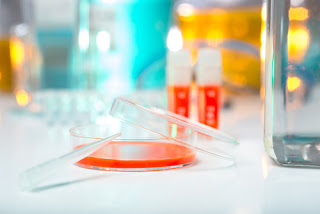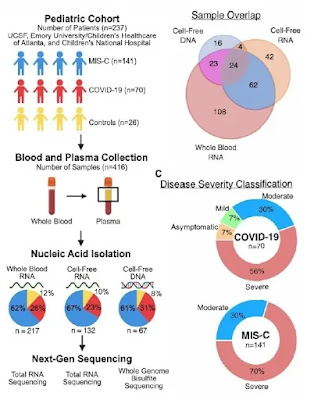Industrial Biotech Conference 2022

Tips for Increasing Transfection Efficiency Chemical transfection , which relies on the formation of a condensed complex of positively charged liposomal or non-liposomal reagents and negatively charged nucleic acids, is the most common method for delivering foreign genetic material into cultured cells. Complexes are attracted to the negatively charged cell membrane and potentially pass through it via mechanisms involving endocytosis and phagocytosis. 1 “The negative to positive ratio impacts the complex size and the overall positive charge. The best ratio is cell type dependent,” says Sandy Tseng, PhD, technical support scientist, Mirus Bio. Chemical methods offer a slew of advantages: relatively low cytotoxicity, ease of use, cost effectiveness, low likelihood for unintended mutagenesis , no viral vector involvement, no discrimination of type of nucleic acid, and researcher safety. Bu...

